Am I the only one who had an all-out war with squash bugs this year? They annihilated most of my butternut and zucchini before the plants even had a chance to produce. I knew how to get rid of them, but the bugs had covered too much ground before I realized they were present.
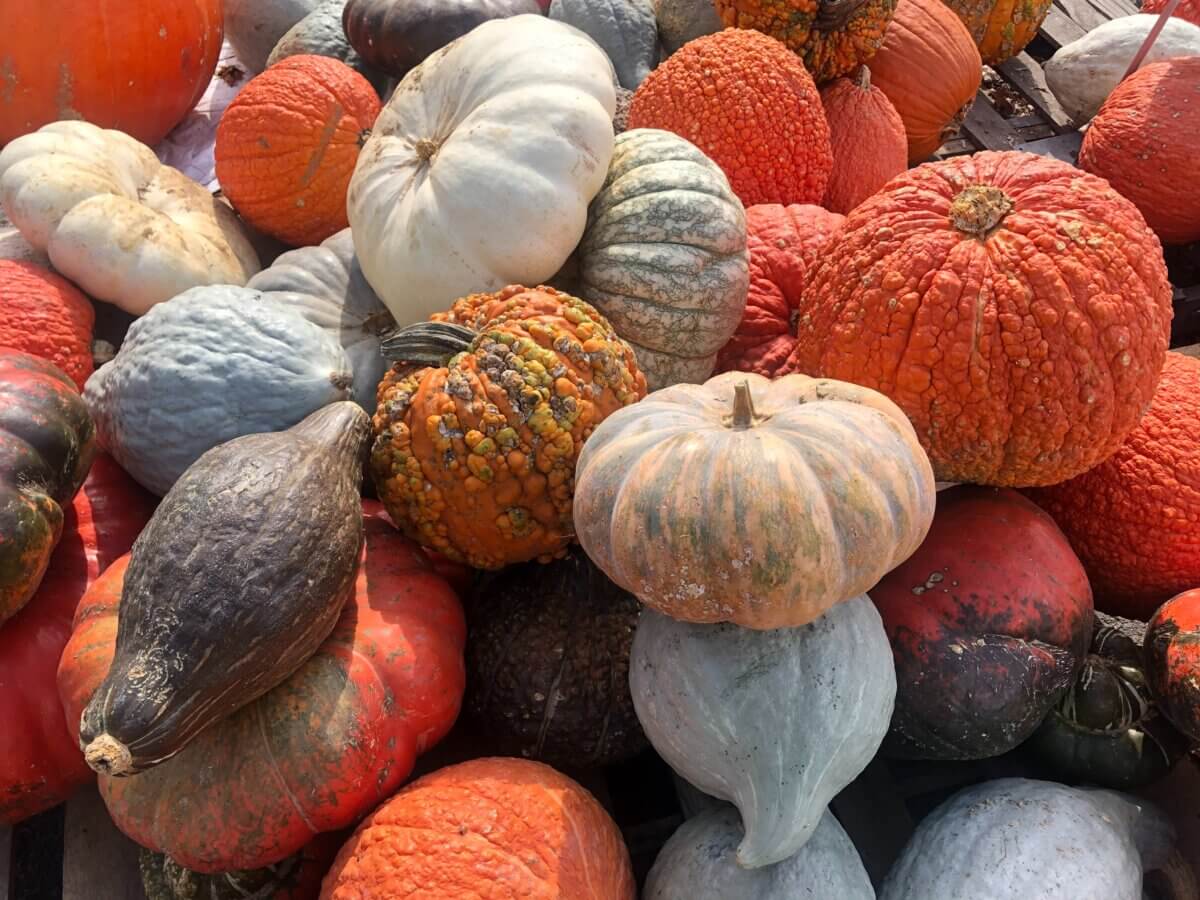
We’d dealt with some squash bugs the year before but managed to get them under control before it got too bad. Here’s the thing: Adult squash bugs can live through the winter in sheltered places including under rocks and plant debris, and around buildings or fencing.
When spring comes back around, the adults come out of hiding and fly to growing cucurbit plants to feed, mate, and procreate.
How to Identify Squash Bugs
Squash bugs, like most insects, look different through different stages of their lives. Knowing what to look for and when will help identify the culprits so they can be dealt with.
Adult squash bugs are flat-backed insects that can grow to be more than half an inch long. These pesky insects are usually dark brown or gray in color. Squash bugs have orange stripes on the edges and undersides of their abdomens. Some adult squash bugs have gold and brown spots alternating along the edges.
The shield-like shape of squash bugs often causes them to be mistaken for broader-shaped stink bugs. Stink bugs do not damage cucurbits like squash bugs do.
While you can find them flying from one plant to another, they often walk around on the ground or travel along the vines.
Nymphs, or young squash bugs, can be light brown or gray with black legs. These suckers move quickly, and you can often find them congregating on the undersides of plant leaves.
The Life Cycle of a Squash Bug
Adult squash bugs can typically live up to 130 days, and dealing with two generations per season is common. Adults lay distinct, shiny, copper-colored eggs in late spring or early summer. It doesn’t take long for the eggs to hatch into hungry nymphs that devour plants.
From the time squash bug nymphs hatch to when they’re adults (33 days), they will molt repeatedly as they pass through five instar stages. Light green nymphs are what emerge from the eggs. They become progressively larger and a darker gray color with every instar stage they go through.
Both nymphs and adults feed on cucurbit plants.
Female squash bugs lay small clusters of the copper-colored eggs (about 20 per batch) on the undersides of leaves, and between the leaf veins where they form a V. You might also find eggs on the stems. Females typically start appearing in gardens around early June, continuing to lay eggs throughout midsummer. It only takes about 10 days for the eggs to hatch, and within 4 to 6 weeks, the nymphs will be mature.
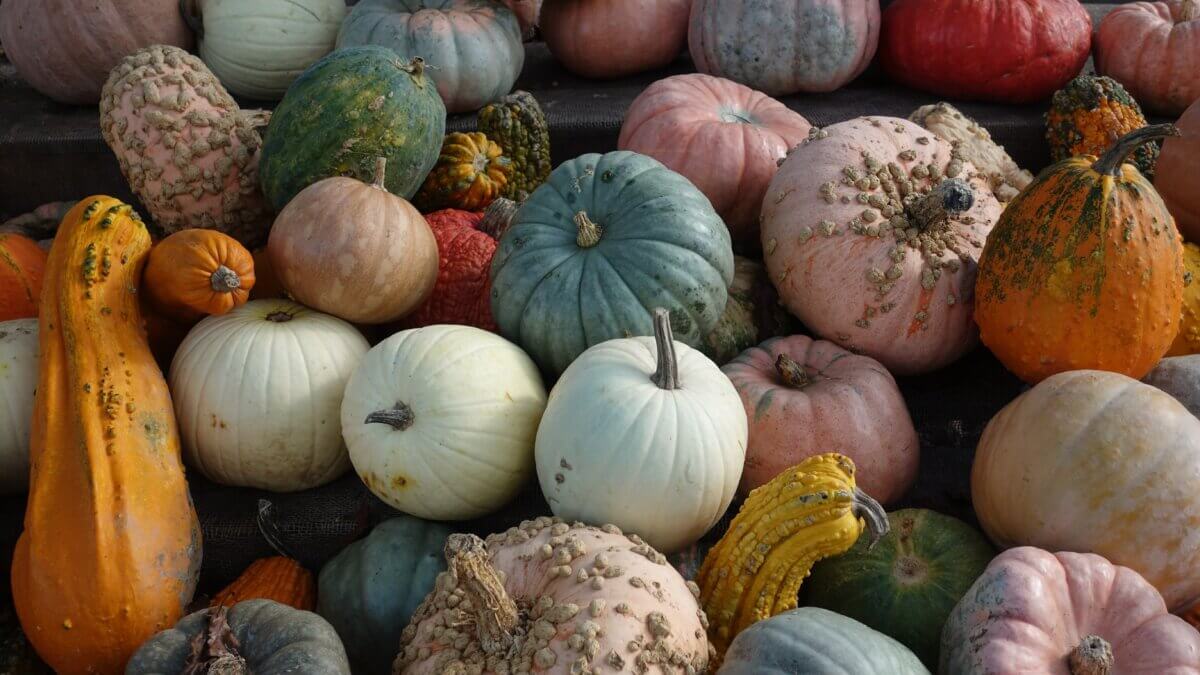
One generation of squash bugs develops every year, but it’s possible that during longer and warmer summers, a partial, second generation may emerge.
The life stages of squash bugs overlap, and all of them can be seen at any time during the growing season. In the fall, and after the vines on the plants have died, adults and nymphs will group together on the squash fruits. Not that you won’t or can’t find them on the fruits any other time, but they will undoubtedly be there when the leaves and vines are gone.
As winter sets in, adult squash bugs will crawl or fly to sheltered areas to settle down for the cold season. Nymphs will die when the temperatures drop down to freezing.
Identifying Squash Bug Damage
Squash varieties and pumpkins are the primary targets of squash bugs. Don’t let them fool you because they can and will attack other plants in the cucurbit family, like cucumbers. You can typically identify a culprit by the damage they cause. Let’s look at a few ways we can identify the damage caused by these pesky bugs.
- Squash bugs suck the sap out of squash plant leaves. Feeding on the plants like this causes yellow spots or blemishes to appear before they turn brown.
- Sometimes, the feeding affects the flow of water and nutrients. When it is a severe situation, it can cause the plants to wilt for what seems like no apparent reason.
- Larger and sturdier plants are a bit more tolerant to feeding damage caused by squash bugs, but while the plants are young, they can die.
- Healthy plants will suddenly fall over dead.
How to Prevent and Control Squash Bugs
Something that frustrates me about squash bugs (aside from the fact that they can obliterate crops) is that if you’ve ever had them, the chances of getting them again are high … unless you take the proper steps to intervene.
Prevention is vital. If squash bugs infiltrate and their numbers grow (and they will) it will be more challenging to get rid of them and save your garden. That said, every step we can take to keep them out of the garden beds is a huge advantage.
- Remove all the old leaf litter and vines from any garden where adult squash bugs might overwinter. This step can drastically reduce the population that will emerge during the beginning of the next growing season.
- Because heavily mulched garden beds provide many places for the squash bugs to camp out, it might be best to use plastic mulch or something similar. You will want to use something perforated so the water will pass through. I prefer not to use plastic in the gardens, but if it helps keep the squash bugs at bay, it’s worth a shot for a while.
- Practicing crop rotation can help prevent squash bug issues. Whether you’ve had squash bugs or not, practicing crop rotation is a good idea. If you had squash in one portion of the garden this year, you could plant something in the nightshade family (peppers or tomatoes), salad greens, or root crops in their place next year because these plants are not susceptible to cucurbit disease or squash bugs.
- Burning or composting old squash vines in the fall will eliminate overwinter shelters.
- Avoid thick, heavy layers of mulch like hay or straw. Squash bugs absolutely love that sort of environment.
- If possible, consider keeping your squash plants covered until blossoming begins, and remove the cover when it’s time for pollination.
- Companion planting is an ideal way to keep pests at bay. Nasturtiums and tansy planted around plants affected by squash bugs will help keep them safe.
- Use bait. Squash bugs love hanging out underneath objects like tarps and boards, especially when there isn’t any mulch. Set these items up near the cucurbit crops as bait, then destroy the population under them. It won’t take long for the bugs to congregate.
- Check all the plants in your garden for squash bug eggs. Just because the bugs usually don’t eat plants that aren’t in the squash family doesn’t mean they object to laying their eggs elsewhere. I found some eggs on my jalapeno pepper plants. Whenever you see eggs, destroy them!
How to Get Rid of Squash Bugs
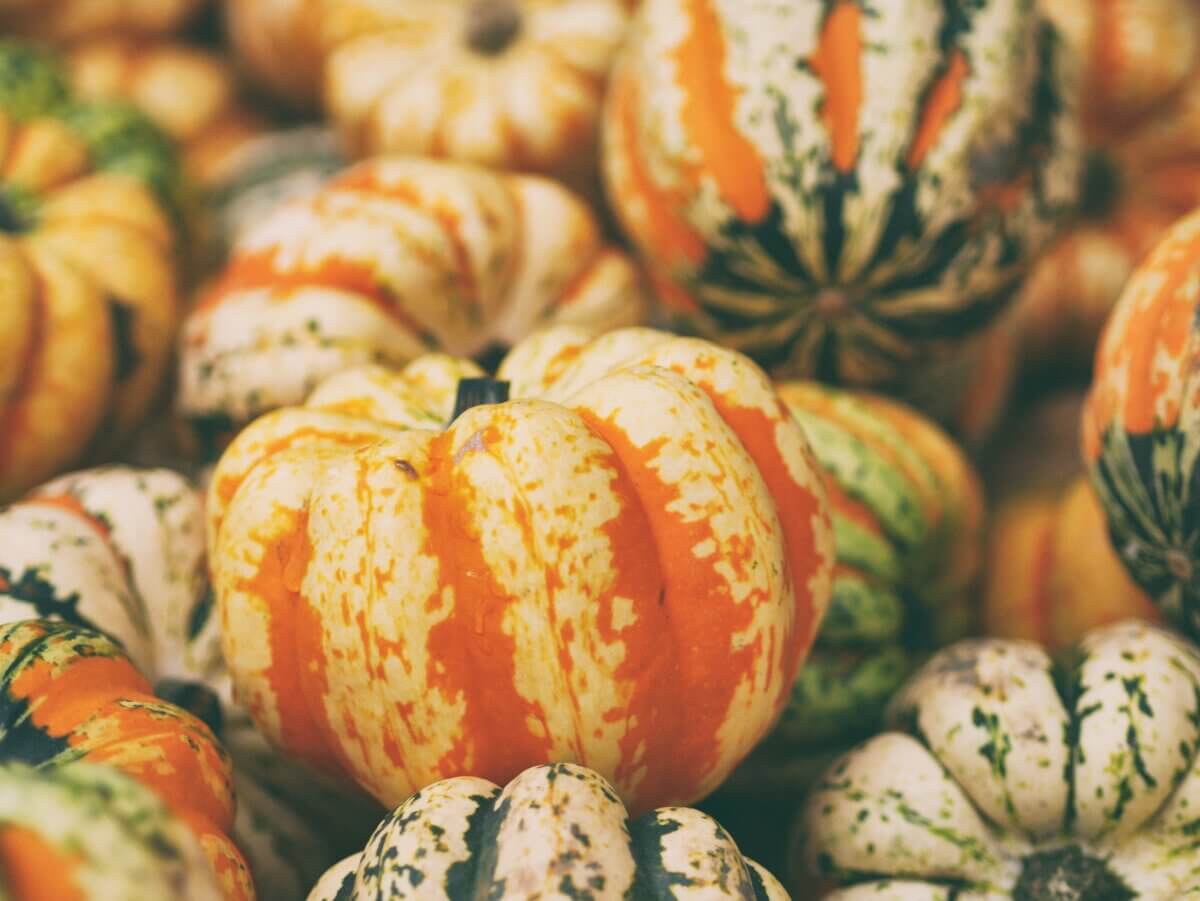
Preventing squash bugs or pests is the ultimate way to keep your produce and flowers safe. That doesn’t always work, however, so the next best thing is early detection. We want to catch these pests before they grow into adults. Otherwise, getting rid of them can become tricky.
- Pick any and every squash bug you see off the plants early. A friend of mine didn’t want to squish the bugs or really touch them, so I suggested she fill a bucket or coffee can with soapy water, flick the bugs into the solution. Once they’re dead, dump it anywhere outside of the garden.
- Early mornings and later in the day are the best times to pick the egg masses off the plants. Simply scrape all the eggs off the leaves with something like a butterknife (I’ve seen folks use their fingernails). They say you can let them fall to the ground because beetles will eat them. I don’t like to take those chances, so I smash them between rocks before tossing them on the ground. Remember, eggs hatch every 10 days, so you’ll want to check them at least once a week.
- Place a board, tarp, or cardboard in the garden at night (newspaper works, too). Both adults and nymphs will hide under these materials. As soon as you lift the items, the bugs will run, so it’s best to leave the materials on the ground and blindly squish with a hard item. A plank will work. Lay it down and walk across it.
Not everyone is a huge fan of hunting squash bugs and their eggs, and some people don’t have the sort of time it takes. That said, you can make several different sprays (chemical-free, of course) to deter or repel these annoying insects.
Simple Soap Spray
- Put 1 teaspoon of dish liquid and vegetable oil into a 16-ounce spray bottle.
- Top it off with water, but be sure to leave enough room at the top to shake the mixture thoroughly.
- Shake gently and spray the undersides of the plant leaves as needed. If it rains, you will need to spray the plants once again.
Coffee Ground Spray
Many insects detest the intense fragrance of coffee, which is why they typically avoid areas that smell like it.
- Boil 2 tablespoons of coffee grounds in two cups of water.
- Let the mixture to cool to room temperature to avoid burning yourself or the plants.
- Strain the grounds from the brew and pour it into a 16-ounce spray bottle.
- Spray under the leaves as needed.
Remember, if it rains after spraying, you must spray again. If the solution isn’t working, you can strengthen it and see how it plays out.
Diatomaceous Earth
Diatomaceous Earth or DE is something some old folks “down in the Hollar” recommend for dealing with any pest insects. DE is a silica-based powder that’s made from fossilized remains of these tiny creatures called diatoms.
While this powder isn’t effective for dealing with adult squash bugs, it will handle the nymphs. Sprinkle it on the soil and plants to kill nymphs. However, DE can harm numerous beneficial insects, so I avoid this method.
Neem Oil
This oil can be used to slow down squash bug’s reproduction. It naturally reduces the number of eggs adults can lay without harming any beneficial insects. The oil doesn’t kill the adults, but spraying the undersides of the leaves can control the amount of eggs and future nymphs.
While it may be more time-consuming, I find the best, eco-friendly method to kill squash bugs is using my hands or feet. Drop them into a container with soapy water and let them drown if you don’t want to touch them.
Rubber gloves are helpful because I will squish them between my fingers. If I don’t have gloves on, I’ll use two flat rocks or pieces of wood to smash them. The eggs can be scraped and dropped into the same soapy water.
Squash bugs can destroy plants quickly, given the time and space to reproduce and flourish. That said, the sooner we find, hunt, and kill them, the better. Prevention is vital, but it doesn’t always eliminate the threat.
Don’t let squash bugs get the best of you. Happy homesteading, friends!


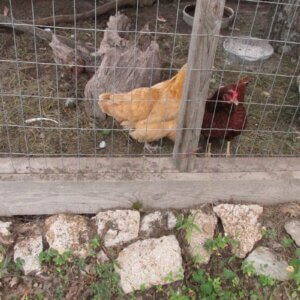
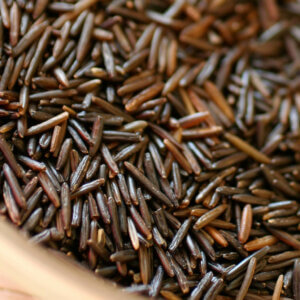

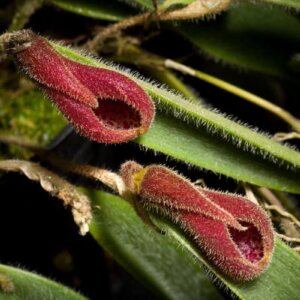





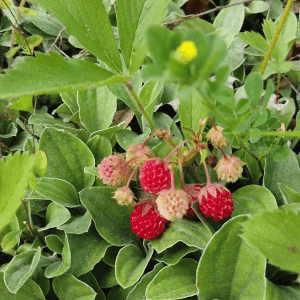

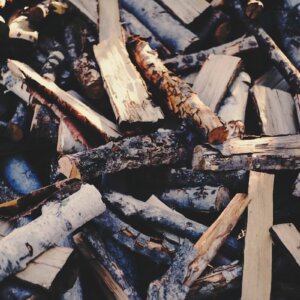





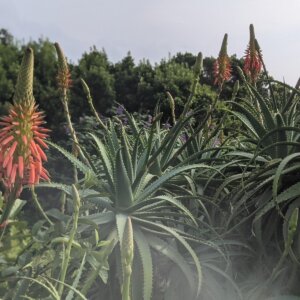
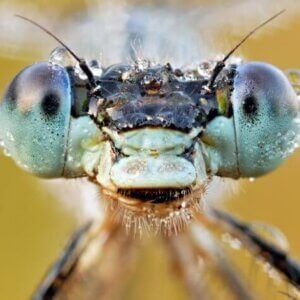





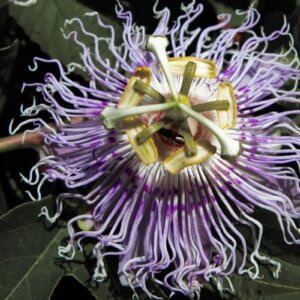
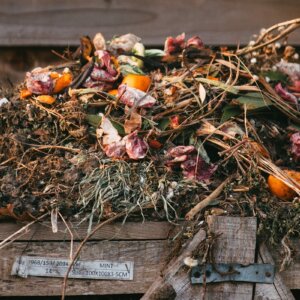
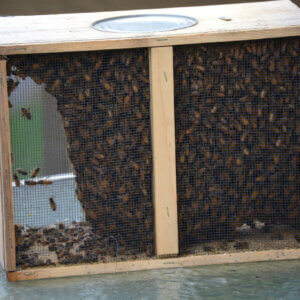


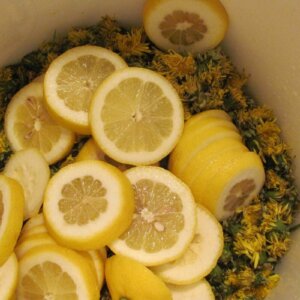


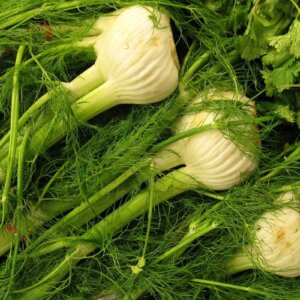
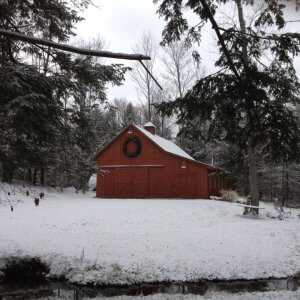

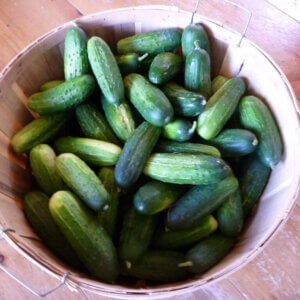




Why not include pictures of the squash bugs when describing them?! Side by side with stink bugs which are often mistaken for the squash bugs?
Indeed, one picture says more than a thousand words. And in todays digital world rather easy to apply imo. Even so, an appreciated article towards solving a problem we all hope never having to tackle.